What is Computer Vision? Applications and How It Works
Computer Vision is a field of artificial intelligence (AI) that enables computers and systems to recognize, analyze, and understand images or videos similarly to humans. Common applications of Computer Vision include facial recognition, self-driving cars, medical image analysis, security surveillance, and e-commerce. Thanks to its ability to process visual data, Computer Vision is becoming a core technology in the digital transformation era.
Computer Vision is a branch of artificial intelligence (AI) focused on enabling computers to "see" and understand content from digital images or videos, much like how humans observe and analyze the world around them. Simply put, this technology allows machines to interpret, analyze, and extract meaningful information from visual data – from photos to videos – with high accuracy.
Visual AI systems typically use deep learning models and neural networks to recognize objects, people, or patterns in images, thereby replicating human vision and perception capabilities. Computer vision technology has been and continues to be widely applied across many fields – from medical imaging diagnostics, facial recognition, product defect inspection to autonomous vehicles – and is considered one of the most dynamic technology sectors today.
How Computer Vision Works
To "see" and understand images, computer vision systems undergo a multi-step process. First, visual data (e.g., photos or videos) is captured through devices such as cameras, scanners, or specialized sensors. Next, the system processes and interprets that visual data using trained AI algorithms to identify familiar patterns or objects within the database.
Data Capture
Visual data is captured through cameras, scanners, or specialized sensors
Processing & Analysis
AI algorithms process and interpret visual data to identify patterns and objects
Recognition & Analysis
System analyzes and draws conclusions about image content, identifying objects and patterns
Output & Action
Results are converted into useful information, actions, or alerts for users or systems
Once key features are recognized, the computer analyzes and draws conclusions about the image content – for example, identifying which objects are present, recognizing individuals in the frame, or detecting abnormalities in medical images. Finally, the analysis results are converted into useful information, actions, or alerts to assist users or other systems.
Deep Learning & Neural Networks
To perform these complex analyses, modern computer vision systems largely rely on deep learning with artificial neural networks, notably convolutional neural networks (CNNs) – a specialized model highly effective in image processing.
Automatic Feature Learning
CNNs automatically learn image features from training data
- Color patterns
- Shape recognition
- Texture analysis
- Depth perception
Continuous Improvement
Systems become increasingly intelligent over time
- Pattern recognition accuracy
- Complex object classification
- Real-time processing
- Adaptive learning
CNNs can automatically learn image features (such as color, shape, texture, depth) from vast training datasets, enabling computers to recognize complex patterns and classify objects with high accuracy. Thanks to deep learning, computer vision systems become increasingly intelligent and precise as they process more data over time.
This specialized training process usually takes place on powerful data centers or cloud computing platforms using GPUs and AI accelerators to efficiently handle massive computational loads. Once fully trained, the computer vision model possesses the knowledge needed to accurately recognize and analyze new real-world visual data.
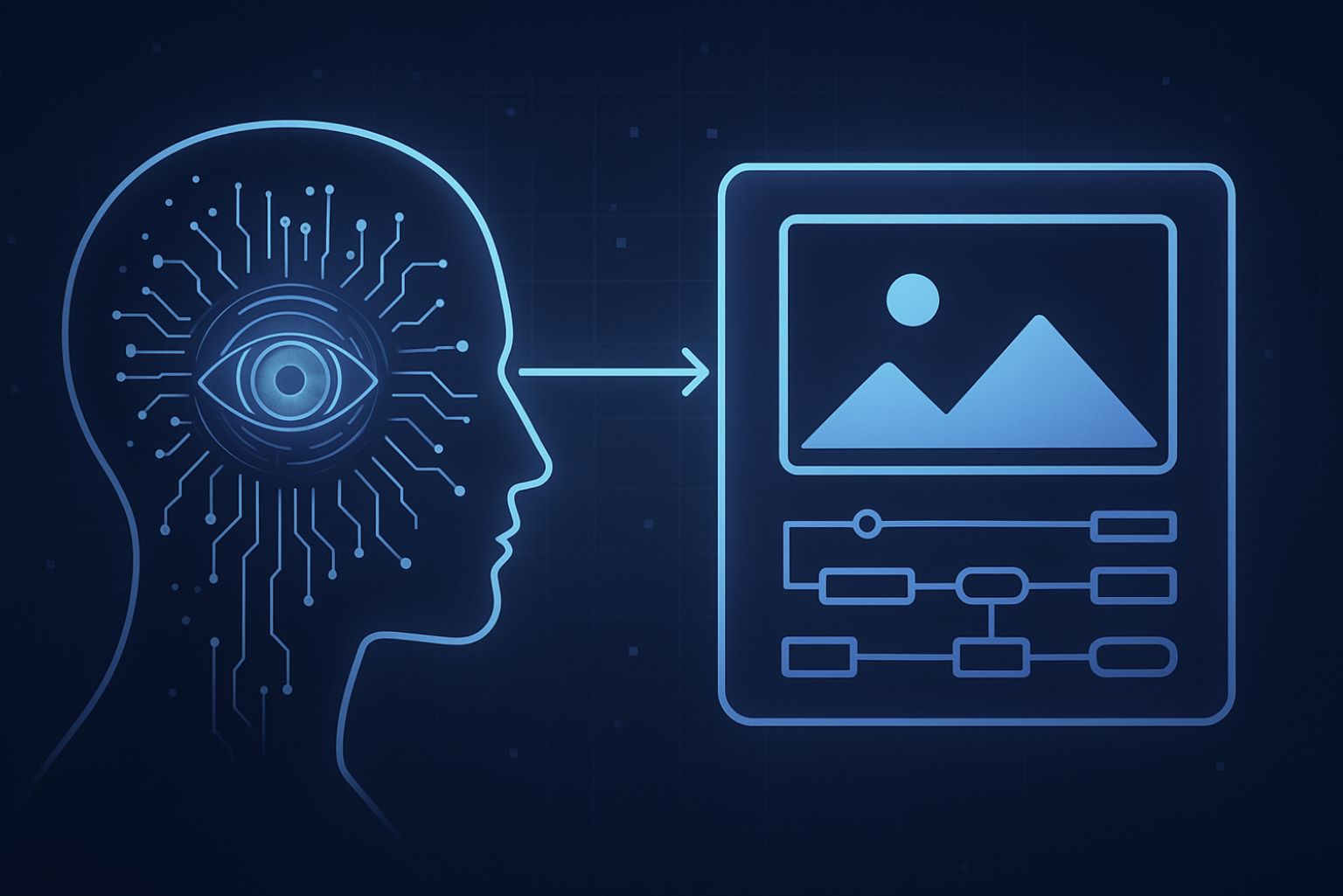
Practical Applications of Computer Vision
Thanks to its ability to understand images, computer vision opens up countless practical applications in daily life and production. Some notable applications include:
Industry & Manufacturing
Computer vision helps automate inspection and quality control processes in factories. Systems equipped with cameras and AI can continuously scan and inspect products on assembly lines, detecting defects or minor flaws that are difficult for the human eye to see, while providing timely alerts to remove faulty products.
Quality Control
Automated defect detection on production lines
- Microscopic flaw detection
- Real-time inspection
- Consistent accuracy
Safety Monitoring
Real-time workplace safety analysis
- Incident detection
- Unauthorized access alerts
- Worker protection
CV is also used for safety monitoring in industrial environments – for example, analyzing real-time video to detect incidents, accidents, or unauthorized personnel entering hazardous areas, thereby protecting worker safety.
Healthcare
In healthcare, CV systems assist doctors in analyzing medical images (X-rays, MRI, CT scans, ultrasounds, etc.). Computers can quickly and accurately identify abnormalities, tumors, or microscopic tissue damage in diagnostic images, helping doctors detect diseases early and make more effective treatment decisions.
- X-ray analysis for fractures and abnormalities
- MRI scan interpretation for brain and tissue imaging
- CT scan analysis for internal organ assessment
- Ultrasound image enhancement and analysis
- Microscopic tissue damage detection
Additionally, computer vision is applied to remotely monitor patients (via cameras and sensors), detecting unusual movements or expressions to promptly alert medical staff.
Transportation & Autonomous Vehicles
Computer vision plays a key role in self-driving cars and intelligent transportation systems. On autonomous vehicles, cameras and sensors combined with CV algorithms enable the vehicle to recognize pedestrians, traffic signs, other vehicles, and surrounding traffic situations in real time, helping the car navigate and respond safely on the road.
Autonomous Driving
Traffic Management
In urban management, CV is deployed to monitor traffic – for example, analyzing vehicle flow at intersections, recognizing license plates, or tracking pedestrian behavior – thereby optimizing traffic signals, enhancing safety, and reducing congestion in cities.
Retail
The retail sector leverages computer vision to analyze shopping behavior and improve customer experience. In-store cameras combined with AI can track product areas customers focus on, record time spent at shelves, helping retailers optimize product displays and staff allocation.
- Customer behavior analysis and heat mapping
- Virtual try-on experiences for clothing and accessories
- Automated inventory management and restocking alerts
- Checkout-free shopping with product recognition
- Personalized product recommendations
Some stores have implemented CV for virtual try-ons, recognizing products running low on shelves for timely restocking, and even deploying automated checkout counters that don't require barcode scanning (identifying products through images) to enhance customer convenience.
Security & Surveillance
Computer vision enables large-scale automated security monitoring. AI-integrated security cameras can detect suspicious behavior or unauthorized intrusions and send real-time alerts to security personnel. Additionally, facial recognition technology based on CV is used to verify identities at airports, buildings, or checkpoints, contributing to enhanced security and effective fraud prevention.
Agriculture
In smart agriculture, CV is used to analyze images from drones or crop monitoring cameras. Systems can track plant health, detect pests or weeds early from field images, and estimate the ripeness of agricultural produce. This information helps farmers make precise irrigation, fertilization, and harvesting decisions, optimizing yield and reducing waste.
Manual Inspection
- Time-consuming field surveys
- Limited coverage area
- Subjective assessments
- Delayed problem detection
CV-Powered Monitoring
- Automated drone surveillance
- Complete field coverage
- Precise data analysis
- Early problem detection
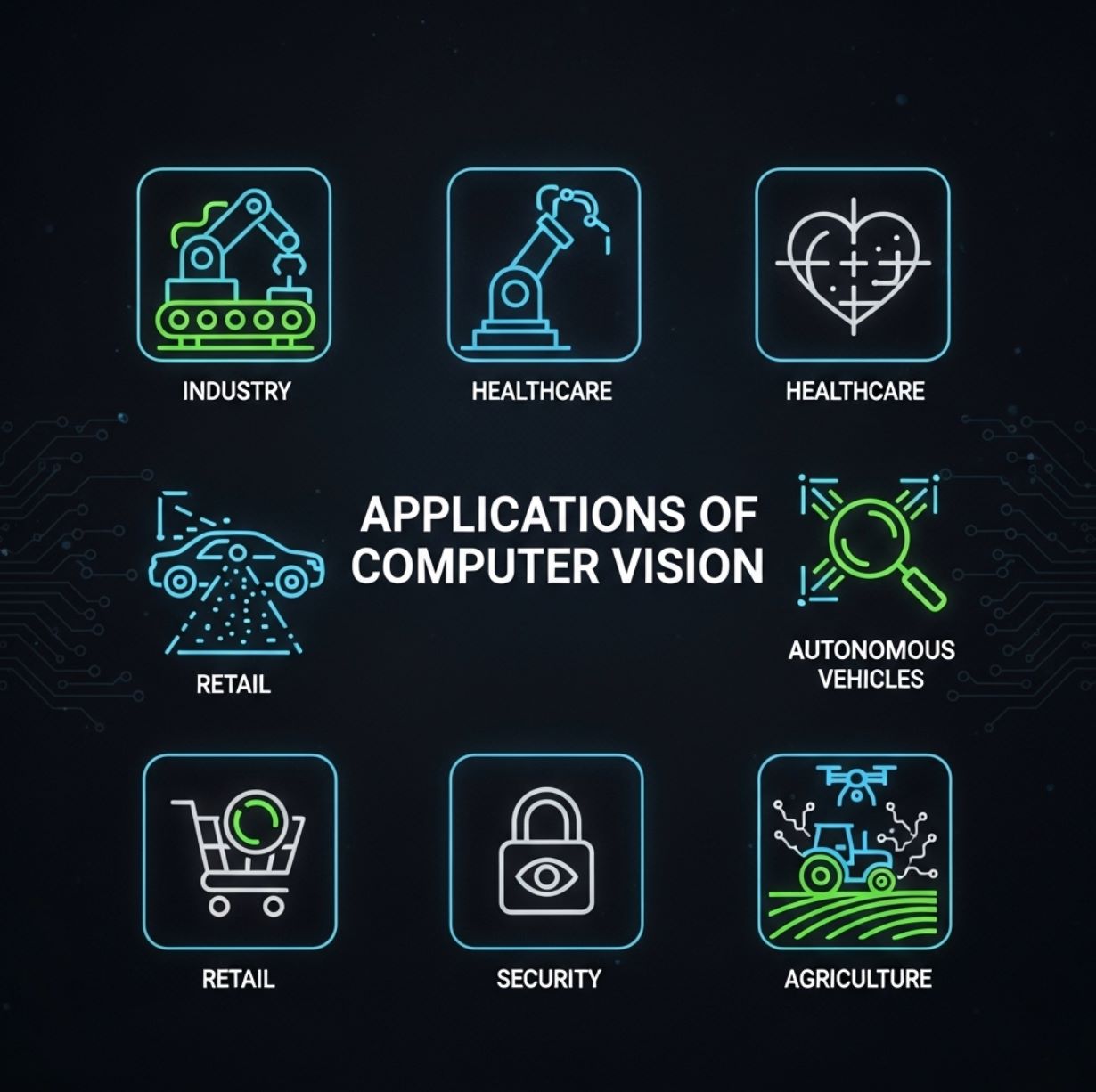
Why is Computer Vision Important?
Computer vision technology is increasingly vital because it delivers many practical benefits:
Work Automation
Computer vision enables automation of tasks that previously required human effort, especially repetitive jobs or those involving processing massive amounts of visual data.
CV systems can operate continuously 24/7 to perform time-consuming and error-prone tasks (e.g., inspecting thousands of products or monitoring hundreds of security cameras), helping businesses reduce costs and improve operational efficiency.
High Accuracy
Computers can analyze images with greater accuracy and consistency than humans in many cases. Thanks to deep learning algorithms, CV systems detect even very small details or subtle differences in images – details experts might miss due to visual limitations or fatigue.
For example, in medical imaging diagnostics or satellite image analysis, computer vision can reliably detect microscopic changes over time, enhancing the quality of expert decisions.
Improved User Experience
Computer vision opens up many new and convenient interaction methods. For instance, users can virtually try on clothes via online shopping apps, use facial recognition to unlock phones or check into hotels, or search by image online – all made possible by CV's instant image analysis and understanding.
This makes services faster, more personalized, and user-friendly.
Safety and Security
With continuous monitoring and rapid response capabilities, CV systems enhance safety and security across many sectors. In healthcare and transportation, CV can detect early warning signs (such as minor injuries on scans or collision risks on roads) to alert promptly and reduce risks to people.
In security, CV helps automatically detect intruders or suspicious behavior and supports identifying suspects in large volumes of surveillance footage, thereby strengthening community security.
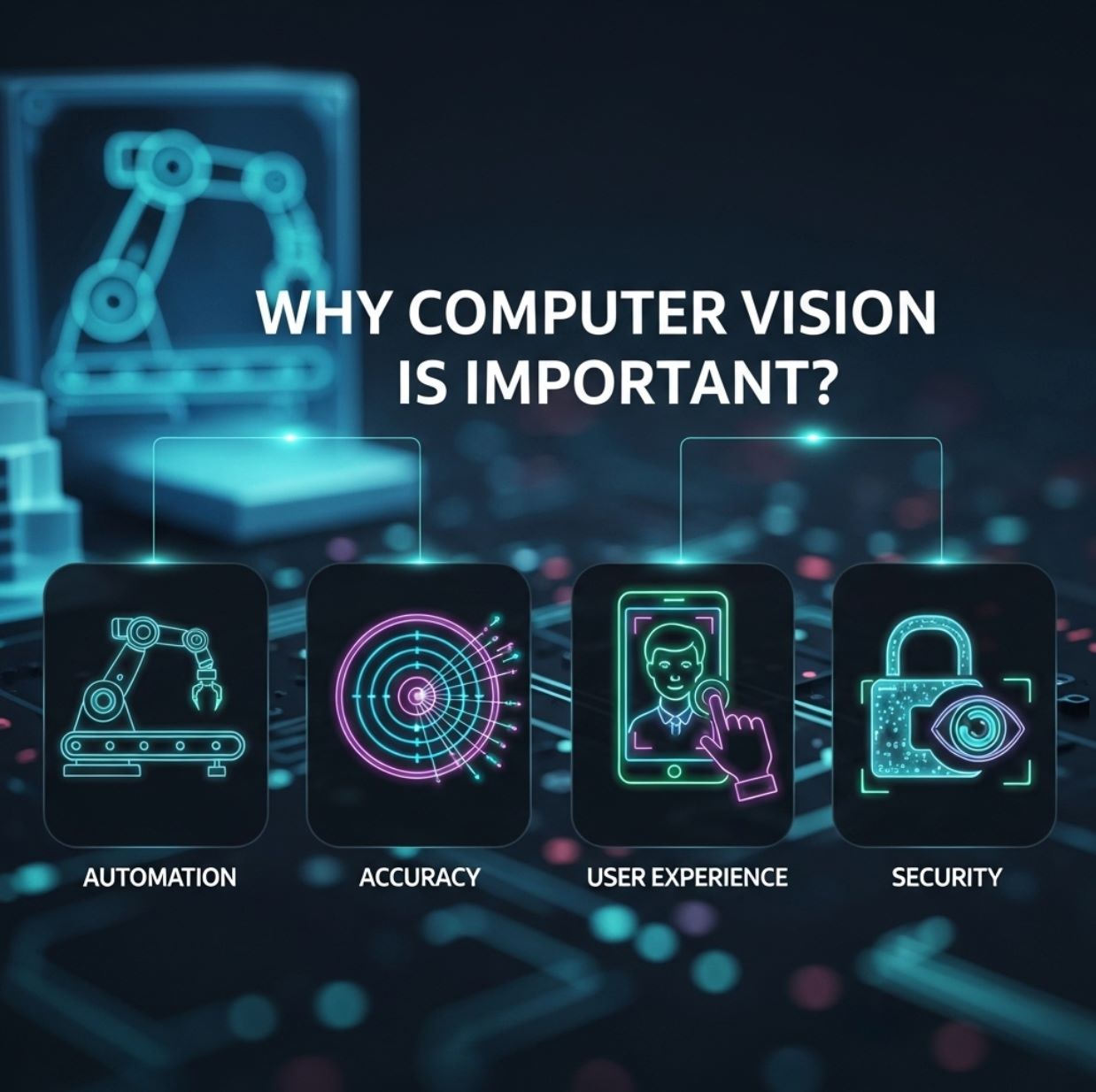
Development Trends of Computer Vision
Computer vision continues to evolve and expand its applications. A current trend is moving visual AI to the edge (edge AI) – deploying CV models on on-site devices (smart cameras, phones, autonomous vehicles) instead of relying entirely on the cloud – to process images instantly with low latency and better data privacy protection.
Edge AI Deployment
Moving CV processing to local devices
- Instant image processing
- Reduced latency
- Enhanced privacy protection
- Offline functionality
Multimodal AI Integration
Combining CV with other AI technologies
- Image + language understanding
- Comprehensive analysis
- Enhanced decision making
- Cross-modal learning
Additionally, CV is increasingly integrated with other AI technologies to form multimodal AI systems, such as combining image analysis with natural language understanding for more comprehensive conclusions.
Self-supervised learning methods are also being researched to leverage vast amounts of unlabeled visual data, enabling CV models to learn more effectively without manual annotation.
Alongside technical advances, experts emphasize the ethics and transparency of CV – ensuring AI vision systems operate fairly, respect privacy, and provide explainable decisions.
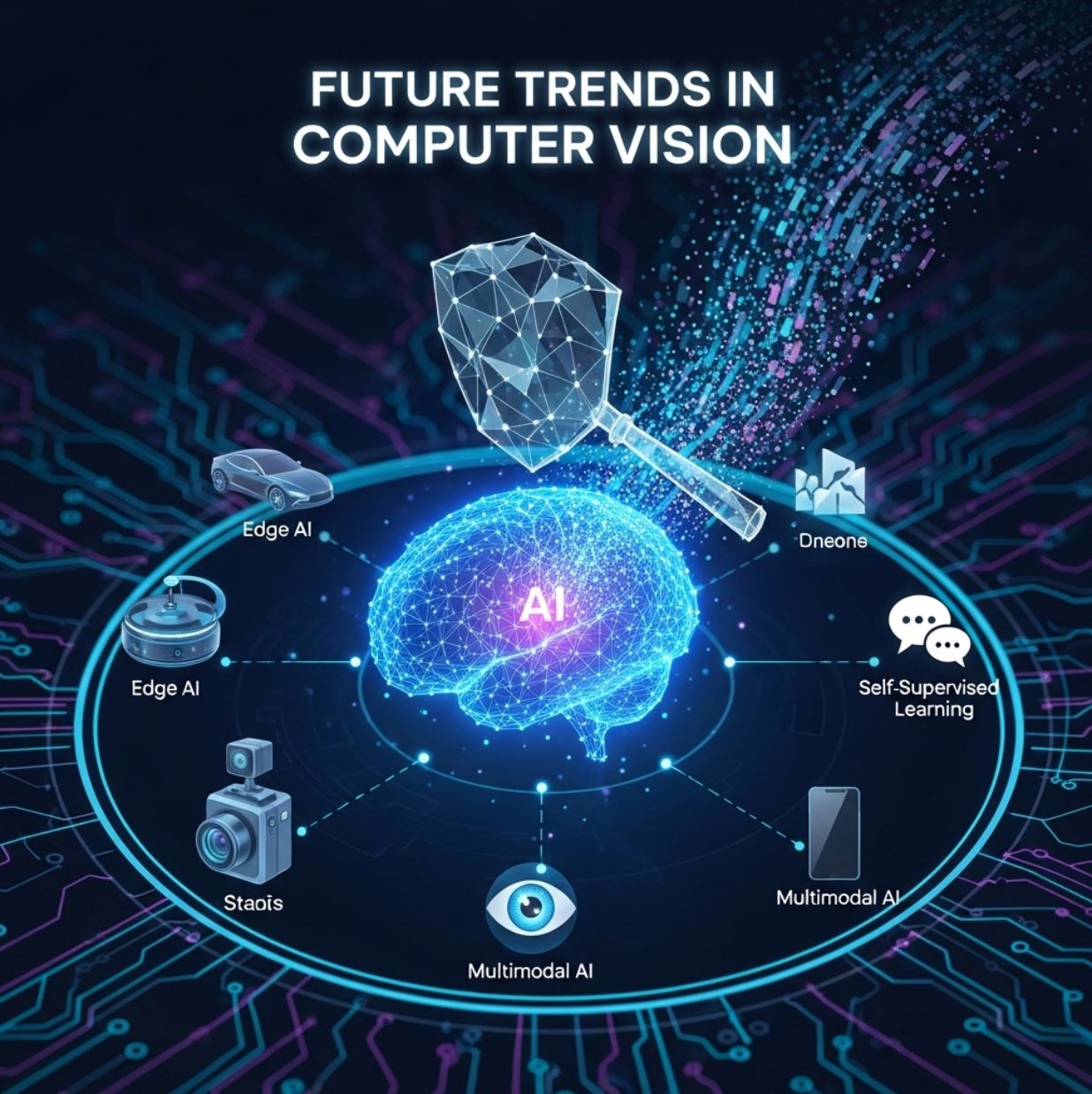
From self-driving cars and smart factories to smart cities, computer vision is expected to help shape the future of the digital revolution, making our lives safer, more convenient, and smarter.



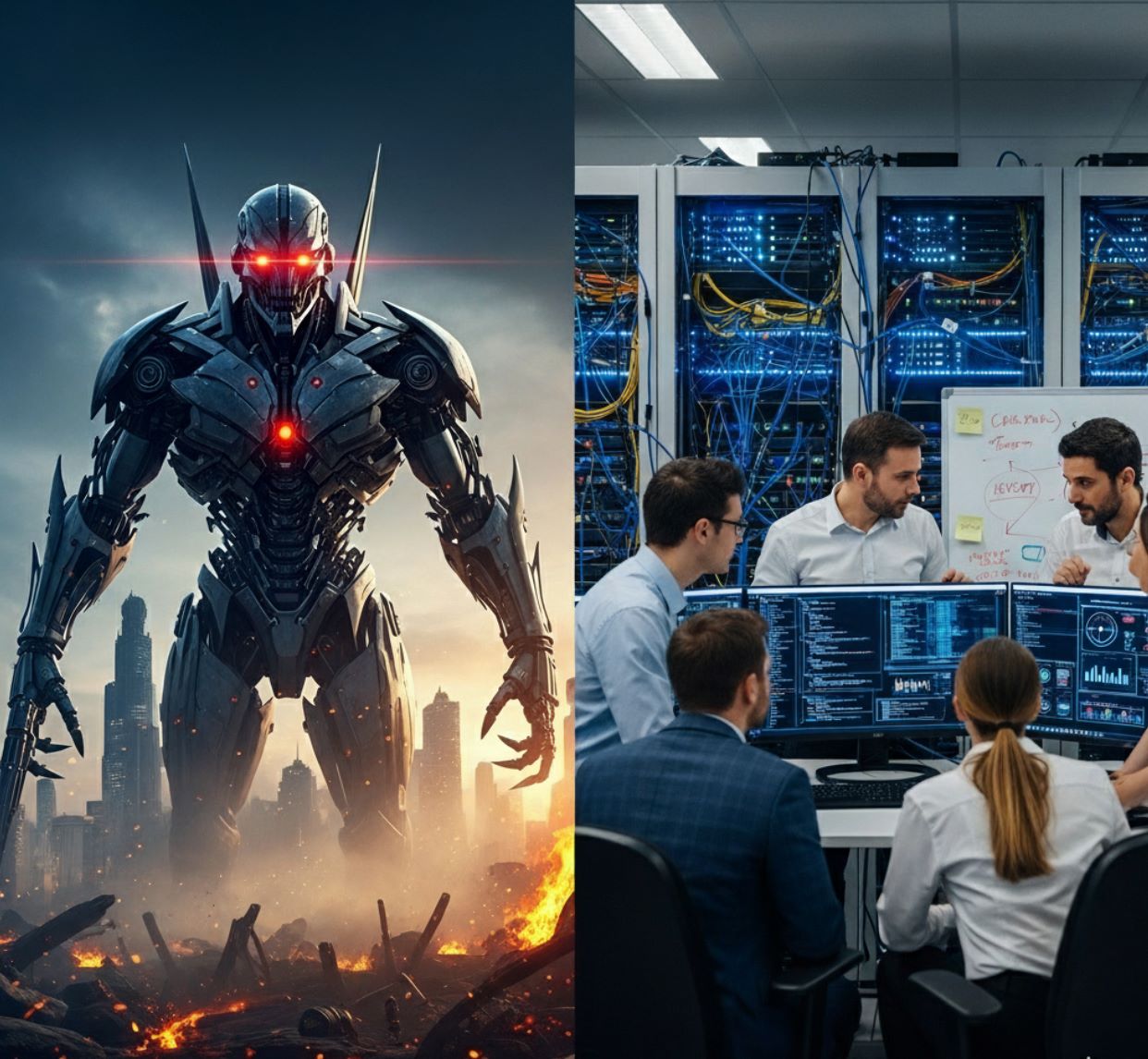
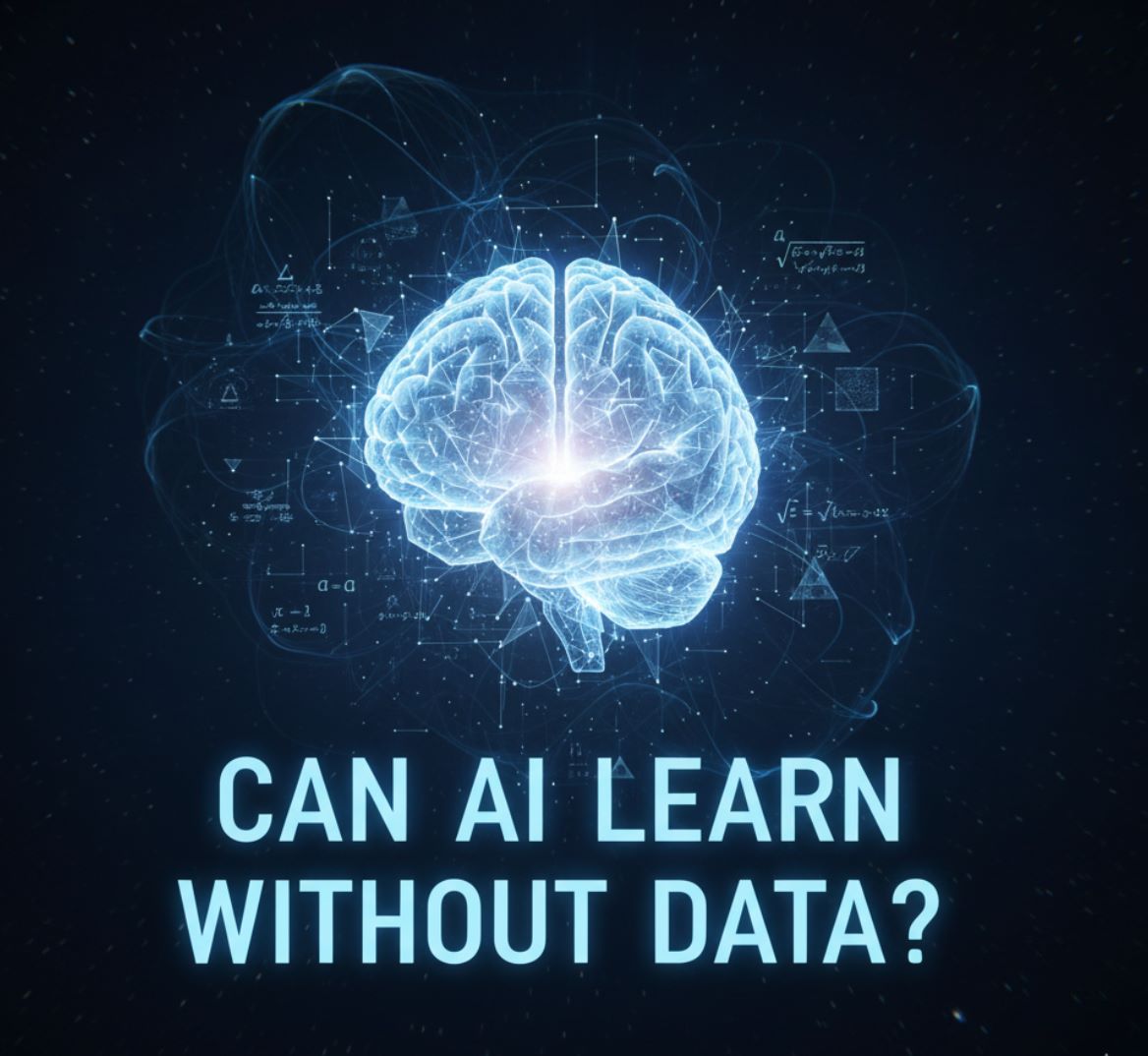
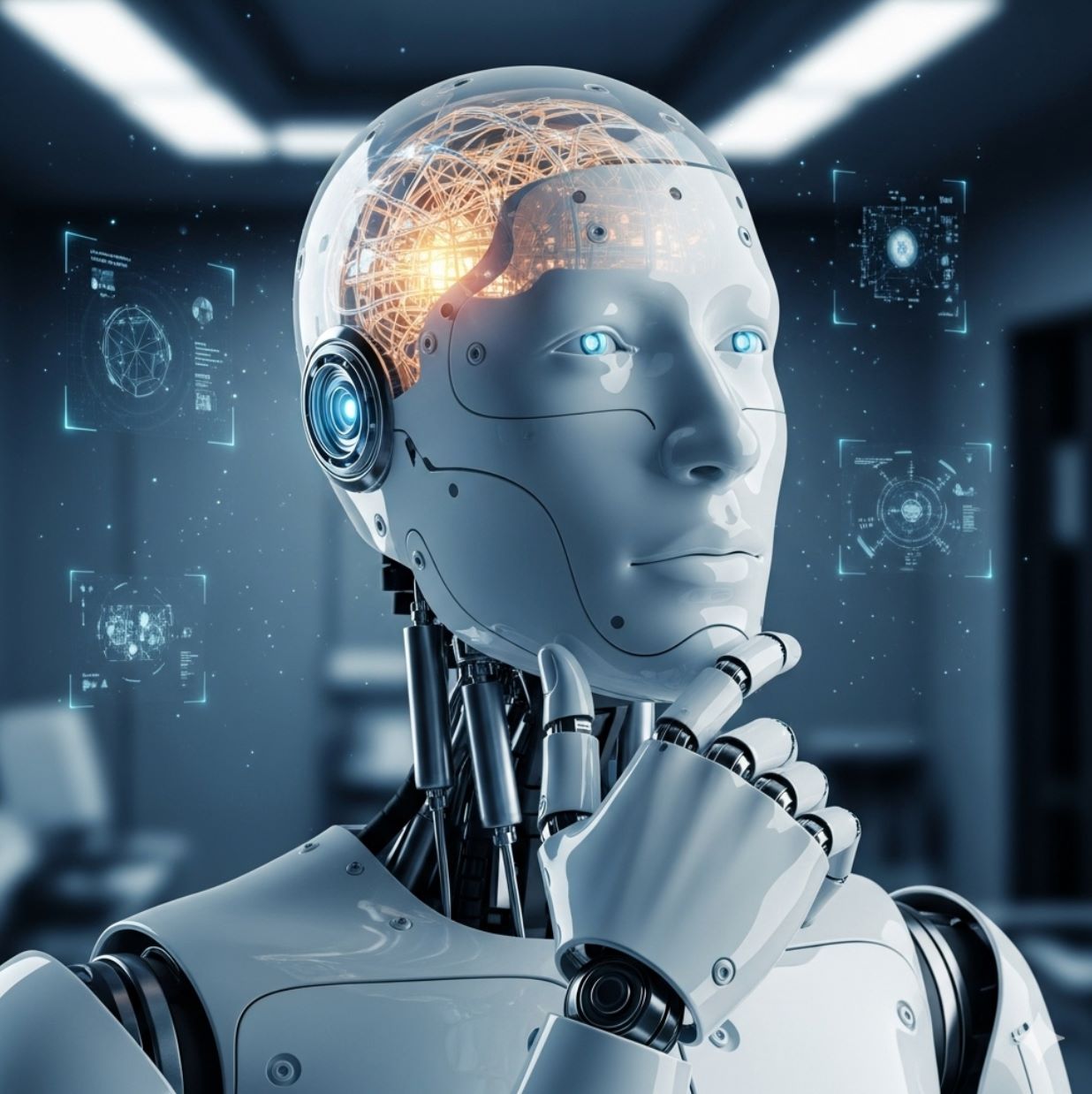
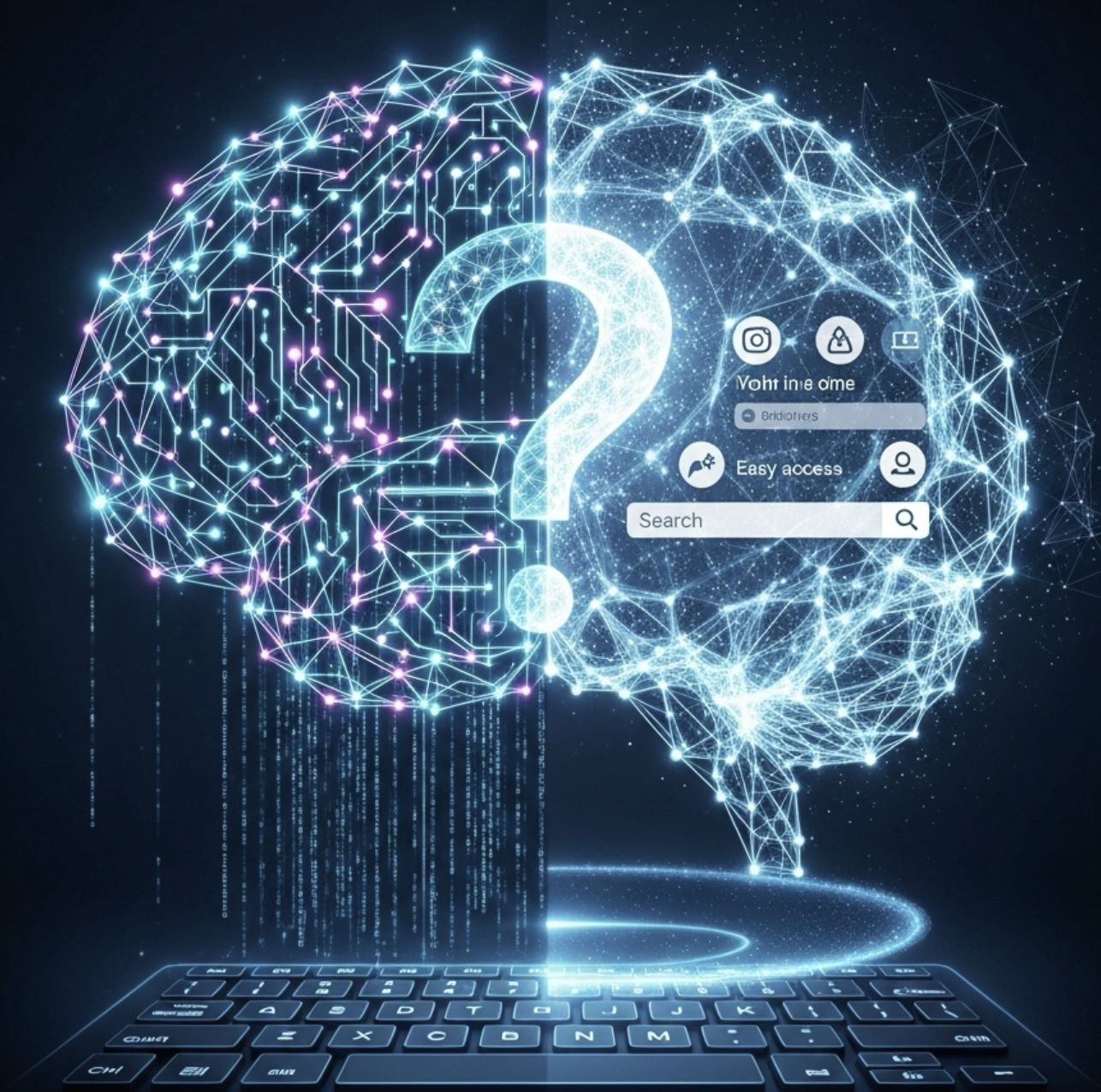
Comments 0
Leave a Comment
No comments yet. Be the first to comment!